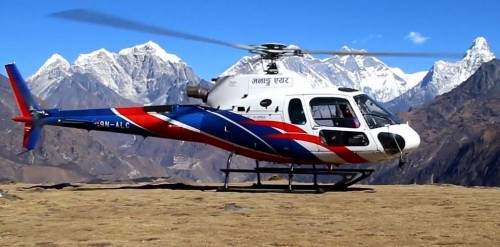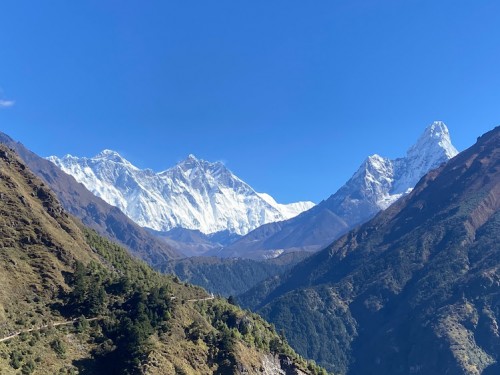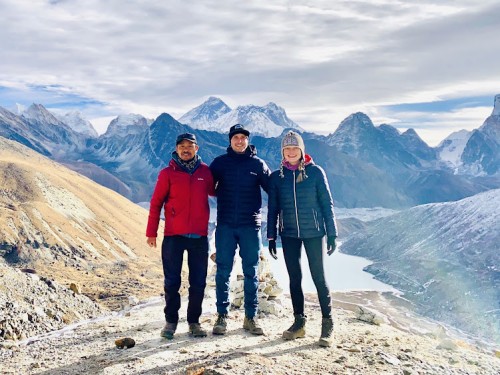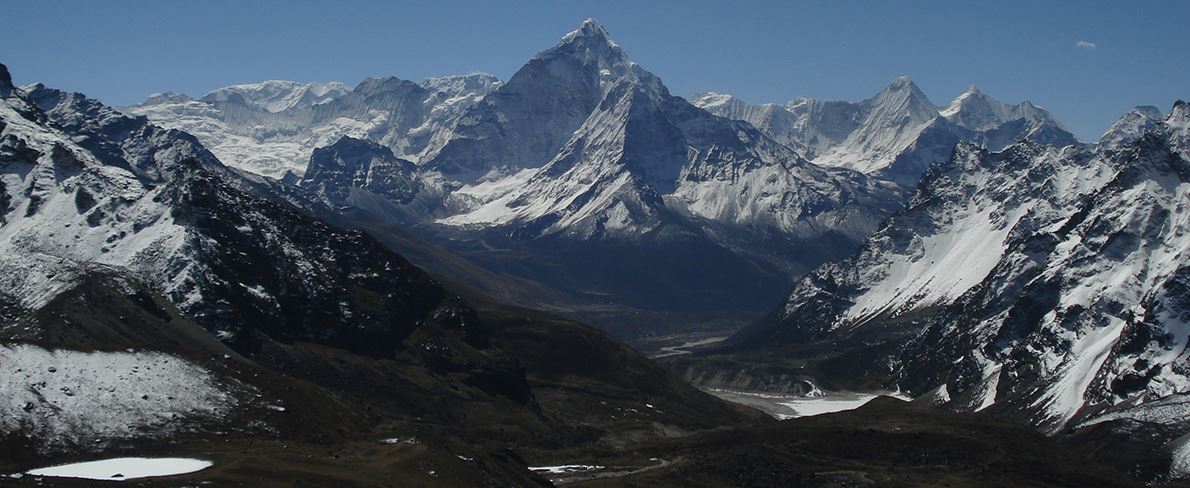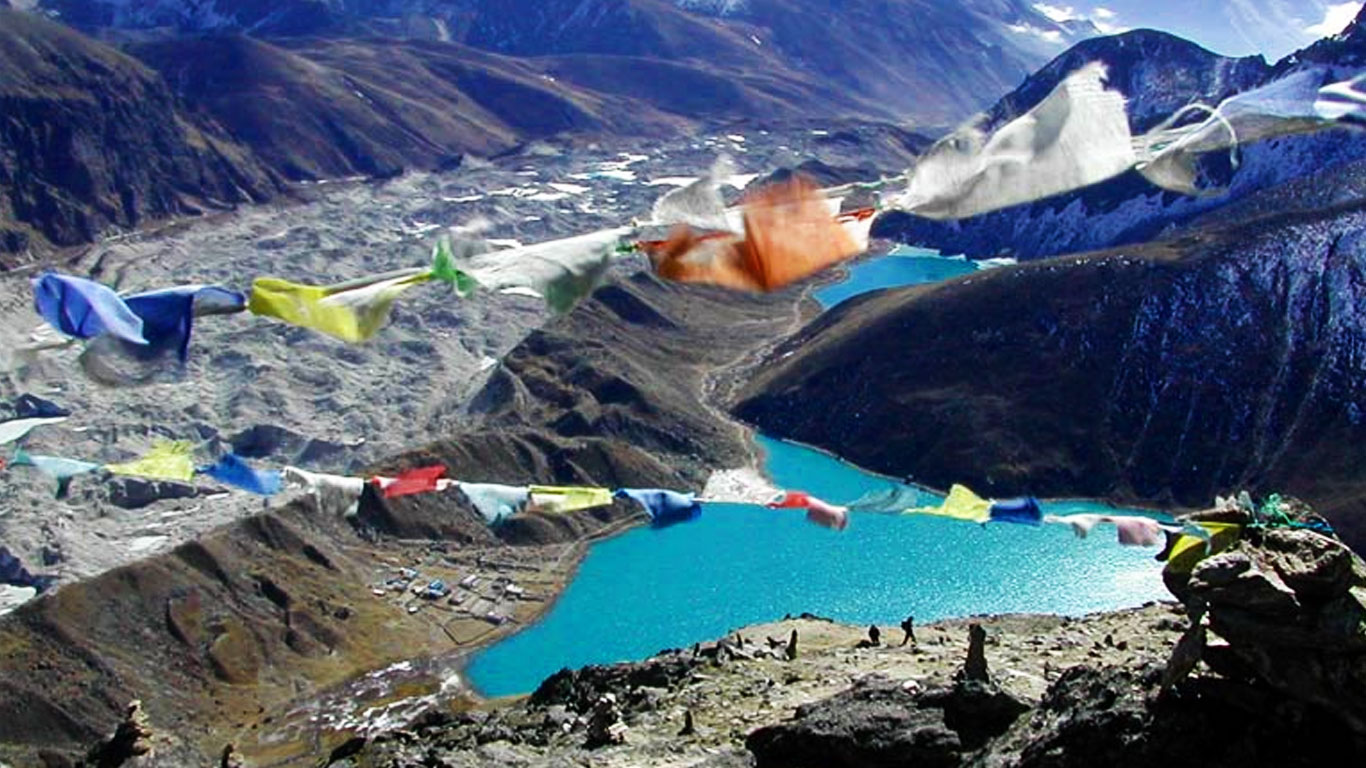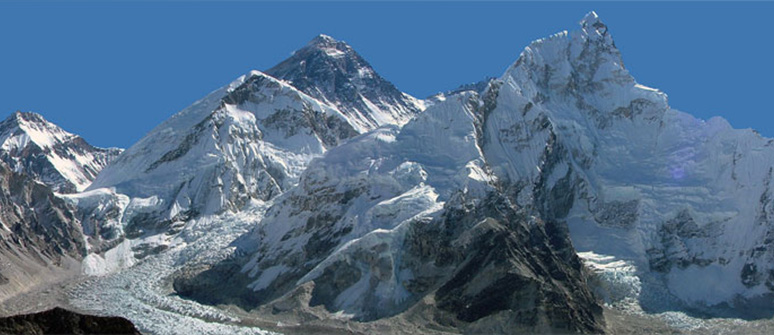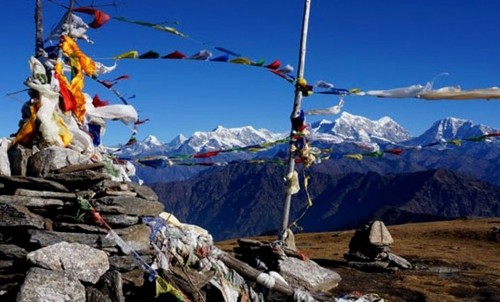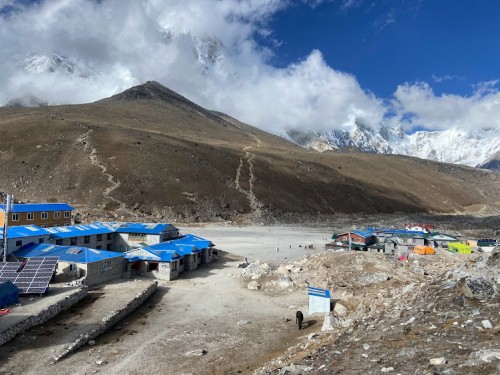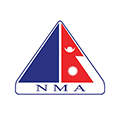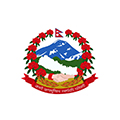Everest Region is more than a trek—it's a life-changing experience. The combination of towering peaks, deep cultural immersion, and breathtaking beauty makes it one of the world’s greatest trekking destinations. Whether you're trekking to Everest Base Camp, exploring the Gokyo Lakes, or soaking in the spirit of the Himalayas, the Khumbu will stay in your heart forever.
Everest Region – Ultimate Guide to Trekking in the Khumbu Himalayas
Overview of the Everest Region
The Everest Region, also known as the Khumbu Region, is Nepal’s most iconic trekking destination, home to the world’s tallest mountain—Mount Everest (8,848.86 meters). Located in northeastern Nepal within Sagarmatha National Park, this majestic area offers dramatic Himalayan landscapes, vibrant Sherpa culture, and unforgettable trekking adventures. Whether you're chasing the dream of reaching Everest Base Camp, enjoying a scenic Everest Panorama Trek, or exploring off-the-beaten-path routes like Gokyo Lakes or the Three Passes Trek, the Everest Region offers something for every kind of adventurer.
Why Visit the Everest Region?
🏔️ Breathtaking Mountain Views – See Everest, Lhotse, Nuptse, Ama Dablam, Thamserku, and more
🧘♂️ Authentic Sherpa Culture – Discover monasteries, festivals, and the warm hospitality of the Sherpa people
🚁 Helicopter Tours & Treks – Combine adventure and luxury with heli-return treks or scenic flights
🥾 Iconic Treks – World-famous routes like Everest Base Camp Trek, Gokyo Trek, and Three Passes Trek
🌿 Sagarmatha National Park – A UNESCO World Heritage Site rich in flora, fauna, and pristine alpine terrain
Top Trekking Routes in the Everest Region
1. Everest Base Camp Trek (12–14 Days)
Highlight: Reach the foot of the world’s highest mountain
Max Altitude: 5,364m at Base Camp / 5,545m at Kala Patthar
Difficulty: Moderate to Challenging
Best Season: Spring (Mar–May) & Autumn (Sep–Nov)
2. Gokyo Lakes Trek (12–13 Days)
Highlight: Turquoise glacial lakes and panoramic views from Gokyo Ri
Max Altitude: 5,357m at Gokyo Ri
Less crowded than EBC and ideal for photographers
3. Everest Panorama Trek (7–8 Days)
Highlight: Short and scenic trek with views of Everest from Tengboche
Ideal for: Beginners, families, or trekkers with limited time
4. Everest Three Passes Trek (18–21 Days)
Highlight: Cross Renjo La, Cho La, and Kongma La passes
The ultimate Everest challenge for experienced trekkers
5. Everest Base Camp Trek with Helicopter Return (8–10 Days)
Highlight: Skip the return trek with a scenic helicopter flight
Perfect for: Those short on time but unwilling to compromise on adventure
Getting to the Everest Region
By Air: Most trekkers fly to Lukla Airport (Tenzing-Hillary Airport) from Kathmandu or Ramechhap. The flight is short (30–40 minutes) and scenic.
By Road + Hike: For those avoiding flights, alternative overland routes to Jiri or Salleri are available, followed by days of trekking to reach Lukla.
Permits Required
Sagarmatha National Park Entry Permit – NPR 3,000 for foreigners
Khumbu Pasang Lhamu Rural Municipality Permit – NPR 3,000
Best Time to Visit the Everest Region
| Season | Months | Weather | Highlights |
|---|---|---|---|
| Spring | Mar–May | Stable, warm, rhododendrons | Best views & climbing season |
| Autumn | Sep–Nov | Clear skies, pleasant days | Most popular trekking season |
| Winter | Dec–Feb | Cold, dry, less crowded | Good for experienced trekkers |
| Monsoon | Jun–Aug | Rainy, slippery trails | Not ideal for trekking |
Altitude and Acclimatization
The Everest Region features high-altitude terrain. Altitude sickness is a real risk, especially above 3,000 meters. Most treks include acclimatization days in Namche Bazaar (3,440m) and Dingboche (4,410m). It’s essential to ascend gradually, stay hydrated, and listen to your body.
Where to Stay – Tea Houses and Lodges
Trekkers in the Everest Region stay in traditional tea houses, offering basic but cozy accommodation and warm meals. Popular villages include:
Namche Bazaar – The main hub of the Khumbu
Tengboche – Known for its monastery and Everest views
Dingboche, Lobuche, and Gorak Shep – Higher altitude settlements near base camp
Food and Water on the Trail
Common meals include dal bhat, noodles, momos, fried rice, pasta, and pancakes.
Drink boiled or filtered water or use purification tablets. Bottled water is available but discouraged due to environmental impact.
Everest Region Trekking Tips
Train ahead – Build endurance with cardio, hiking, and strength exercises.
Pack light but smart – Include warm layers, quality boots, and a sleeping bag rated to -10°C or lower.
Travel with a guide/porter – For safety, insight, and local support.
Respect local culture – Dress modestly and ask before taking photos.
FAQs about the Everest Region
Q1: How difficult is trekking in the Everest Region?
Trekking ranges from moderate (Everest Panorama) to challenging (Three Passes). Physical fitness and proper acclimatization are key.
Q2: Can beginners do the Everest Base Camp Trek?
Yes, with preparation and a guided itinerary that includes rest days.
Q3: Is Wi-Fi available during the trek?
Yes, in many villages via Everest Link or hotel networks—usually paid.
Q4: Are there ATMs in the Everest Region?
There are ATMs in Namche Bazaar, but it's safer to carry enough Nepali rupees from Kathmandu.
Q5: Do I need travel insurance?
Absolutely. It should cover high-altitude trekking and emergency helicopter evacuation.The
Everest Region belongs to the northern part of Nepal. One of the richest Sherpa cultures & religion of the Everest region, is most demanding and excellent for many kinds of adventure & non-adventure activities, including Mount Everest Expedition. Mount Everest, which is tallest mountain of the world is situated in the Everest region.
The Everest region is really popular for such demanding Nepal travel activities in the Nepal. Mainly, most of the tourists want to explore in the Everest region for (Everest base camp trek, Everest base camp helicopter tour & Mount Everest expedition).
As the main gateway to Mount Everest (Sagarmatha), the Solukhumbu region has an almost my stical status in the trekking world. The two-week climb to Everest Base Camp is arguably the most famous trek in the world, with tens of thousands of trekkers doing the route each year to enjoy the breathtaking views of the world's highest mountain, and it's even more spectacular. Neighbors, Lhotse and Nuptse.
Trekking in the Everest region is challenging due to the high altitude, but the infrastructure for trekking is very well developed and you rarely have to walk more than an hour to reach the nearest trekking lodge. On the other hand, it means high-altitude Martian bars and unparalleled camaraderie on the trek. The viewpoints, on the other hand, are crowded and the boxes can fill up in the afternoon. If you prefer good isolation, focus on the side valleys or stay in smaller cabins between larger stops.
The Everest Region Popular to know Sherpa Culture Museum & Sagarmatha National Park.
This private museum in Chhorkung, run by local photographer Lhakpa Sonam, has a fascinating collection of Sherpa cultural artifacts, as well as photos and clippings of every Sherpa climber on Everest. Look for a great 1953 photo of Tenzing Norgay assessing the cargo on his aircraft carrier. A new photo gallery is being created in the inner courtyard. Expect a 20-minute uphill walk from downtown Namche. The famous panoramic photos of Everest's main trails make great souvenirs.
This Sagarmatha National park center is worth visiting for its exhibits on Himalayan fauna and flora and the culture of the Khumbu Sherpas. From the plain in front of the visitor center you can enjoy a breathtaking panorama of the Himalayan peaks, from Nuptse (7,861m) and Everest (8,850m) to Ama Dablam (6,856m) and Thamserk (6,608m). To get there, climb the Chhorkhung Saddle and then follow the marked trail past the local military barracks.





